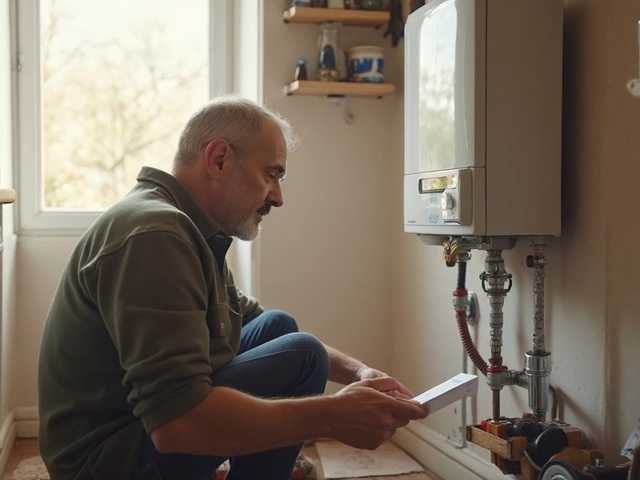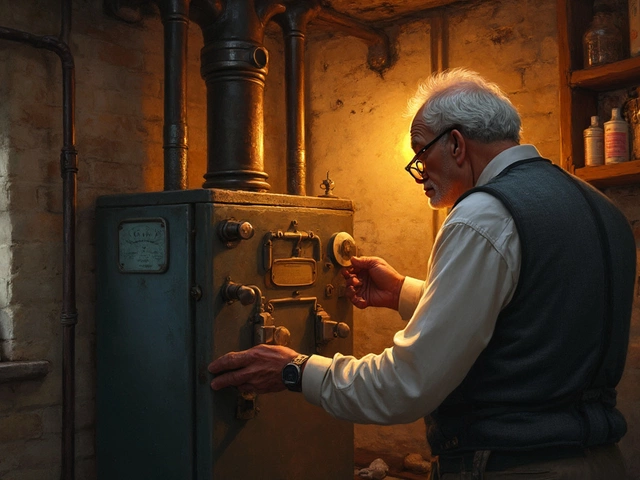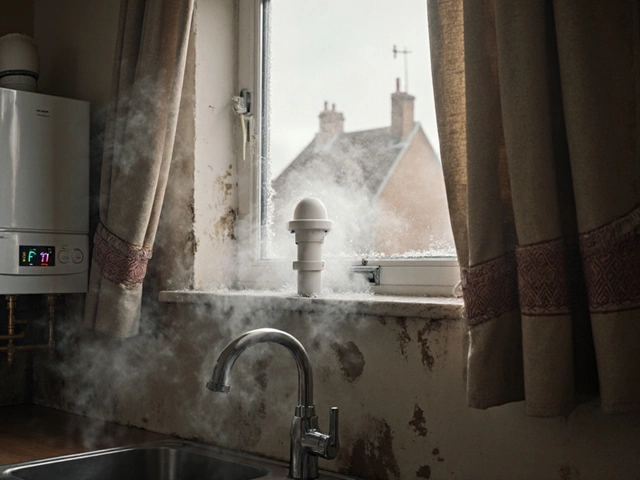If your electric hob is flashing, not heating, or making weird noises, you’re probably wondering how much the repair will set you back. The good news is most fixes are far cheaper than a brand‑new cooktop. The bad news? Prices can jump if you don’t know what’s causing the problem.
Below we break down the main factors that push the price up or down, give you ball‑park figures for common fixes, and help you decide whether a DIY fix makes sense or you should call a pro.
1. Type of fault. A blown heating element is one of the cheapest repairs – usually £40‑£80 for the part plus a small labour fee. A faulty control board or temperature sensor can cost £120‑£200 because the parts are pricier and the technician spends more time diagnosing.
2. Age of the hob. Older models often need harder‑to‑find parts, which can add £30‑£50 to the bill. If the hob is over 10‑12 years old, a replacement might be a better value.
3. Brand and model. Premium brands like Bosch or Smeg carry higher part costs. Basic White‑goods brands are usually cheaper to source.
4. Location. Tradespeople in Bognor Regis charge roughly £50‑£70 per hour. If you need an out‑of‑hours call‑out, expect an extra £30‑£50.
5. DIY vs professional. Doing it yourself can save the labour charge, but you’ll need the right tools and safety gear. A mistake can cause more damage and end up costing more.
If you’re comfortable with basic electrical work, replacing an element is a common DIY task. All you need is a screwdriver, a multimeter, and the correct replacement part. Most manufacturers sell the element online for £20‑£35. Follow the step‑by‑step guide in our post "How to Replace a Broken Element on an Electric Hob" – it walks you through turning off the power, removing the old element, and testing the new one.
However, if the hob isn’t heating at all, the issue could be the control board or a wiring fault. Those repairs involve handling live circuits and often need a qualified electrician. In Bognor Regis, a certified appliance repair technician will charge around £80‑£120 for a typical control board swap, including the part.
When you’re unsure, call a professional for a diagnosis. Many services offer a fixed call‑out price of £30‑£40 and give you a clear quote before any work starts. This approach prevents surprise costs and gives you peace of mind.
Remember to ask about warranties. Reputable repair shops usually cover parts for 12 months and labour for 3‑6 months. That can save you money if the same component fails again shortly after the fix.
In short, most hob fixes fall between £40 and £150. Simple element swaps are on the low end, while board replacements and older models push the price up. Weigh the age of your cooktop, the exact fault, and your confidence level before deciding whether to roll up your sleeves or call a pro.
Got a specific hob problem? Check out our related posts on electric stove issues and element replacement for deeper tips and step‑by‑step guidance.

An electric hob on the fritz can leave you in a lurch, but knowing how much it costs to fix can help you prepare. We'll break down the average repair costs, consider factors like brand, parts, and labor, and help you decide if a repair or replacement makes more sense. Get the inside scoop on typical issues that might arise and how to avoid them in the future. With this guide, you'll feel more confident when talking to repair technicians and won't be caught off guard by unexpected expenses.

Discover how much boiler service costs in 2025, what affects the price, what's included, and tips to save money while keeping your heating safe and reliable.

Thinking about handling your own boiler service? Get the truth about what you can and can’t do, why safety matters, and which tasks are okay for homeowners. This article covers legal restrictions, common mistakes to avoid, and practical tips for everyday boiler care. Learn how to spot problems early and when it's really time to call a pro. Save yourself headaches, money, and maybe even a major disaster by knowing the facts.

Boiler lifespan can vary greatly depending on usage, maintenance, and type. On average, boilers last anywhere from 10 to 15 years. Regular maintenance is key to prolonging the life of your boiler and ensuring it functions efficiently. In this article, discover how to keep your boiler in top shape and when it might be time to replace it.

Your hot water stopped suddenly? This guide breaks down the top 7 causes - from low pressure to frozen pipes - and shows you how to fix them yourself before calling a plumber.

Is your hot water heater suddenly not working? Here’s what can go wrong, how to spot the problem fast, and pro tips to get hot water back right away.